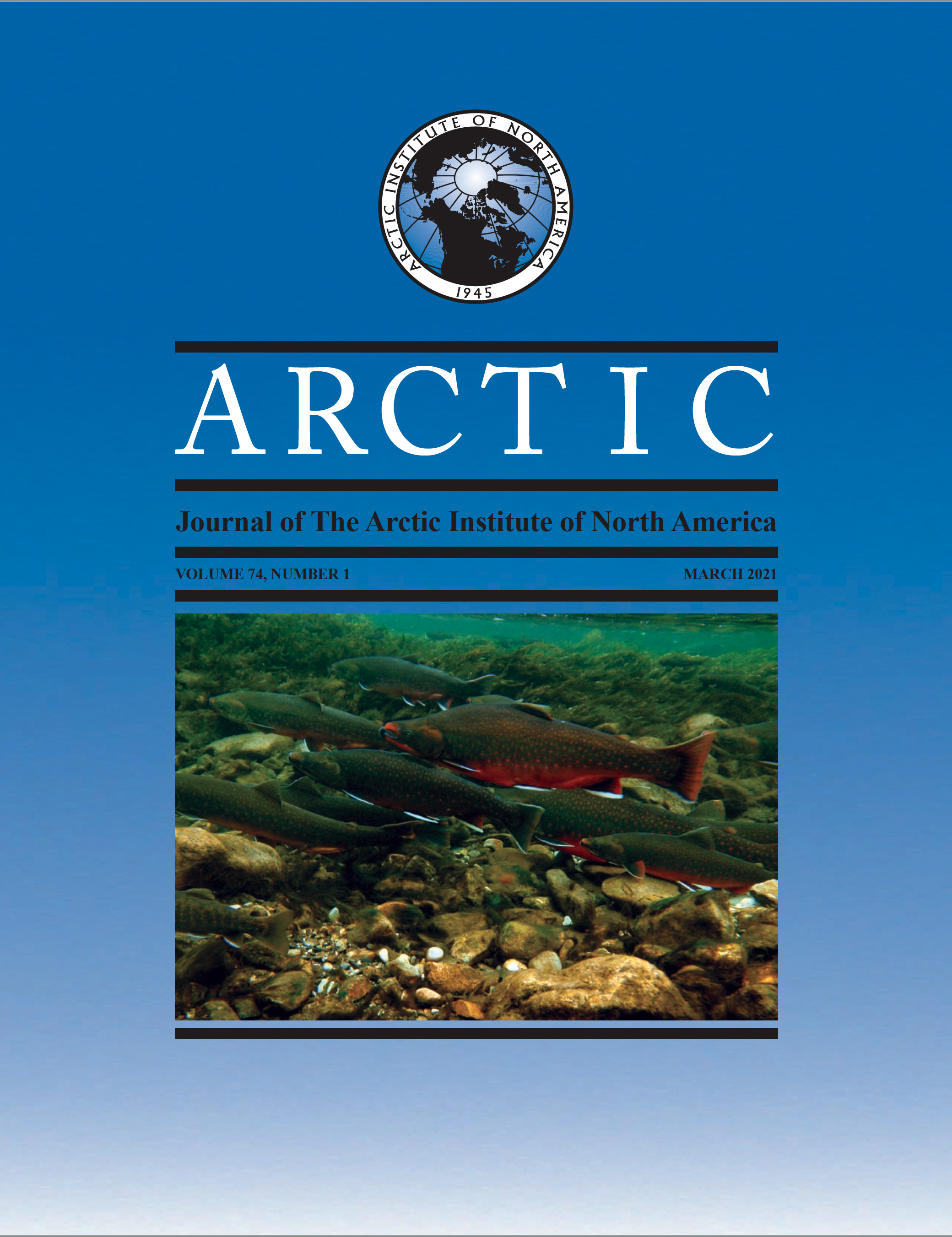Determinants of Gray Wolf (Canis lupus) Sightings in Denali National Park
DOI:
https://doi.org/10.14430/arctic72208Keywords:
Alaska; Canis lupus; gray wolf; Denali National Park; national parks; non-consumptive use; protected areas; spatially explicit; wildlife viewing; wildlife sightingsAbstract
Wildlife viewing within protected areas is an increasingly popular recreational activity. Management agencies are often tasked with providing these opportunities, yet quantitative analyses of factors influencing wildlife sightings are lacking. We analyzed locations of GPS-collared wolves and wolf sightings from 2945 trips in Denali National Park and Preserve, Alaska, USA, to provide a mechanistic understanding of how viewing opportunities are influenced by attributes of wolves and physical, biological, and harvest characteristics. We found that the presence of masking vegetation, den site proximity to the road, pack size, and presence of a wolf harvest closure adjacent to the park affected wolf sightings, and the influence of den proximity on sightings depended on harvest management. Wolf sightings increased with den site proximity to the road in years with a harvest closure adjacent to the park but not in the absence of the closure. The effect of the harvest closure on sightings was similar in magnitude to an increase in pack size by two wolves or a more than a two-fold decrease in masking vegetation. These findings were consistent across a 10-fold change in spatial resolution. Quantitative analysis of the factors influencing wildlife sightings provides valuable insight for agencies tasked with managing viewing opportunities.
Downloads
Published
Issue
Section
License
Copyright (c) 2021 ARCTIC

This work is licensed under a Creative Commons Attribution 4.0 International License.


